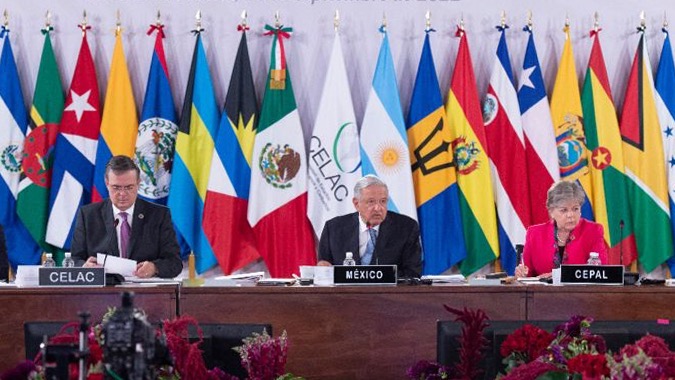Promotion of Indigenous Rights in South American Foreign Policy: Successes and Challenges
In the realm of international relations and cooperation, South American countries have been making significant strides in promoting indigenous rights. This article aims to shed light on the successes achieved so far, as well as the challenges that lie ahead. By understanding and addressing these issues, we can work towards a more inclusive and united North and South America.
-
Acknowledging historical injustices: South American foreign policy has increasingly recognized the historical injustices faced by indigenous communities. By acknowledging the past, countries can pave the way for a more just and equitable future.
-
Legal frameworks: Many South American nations have implemented legal frameworks that protect and promote indigenous rights. These frameworks serve as important tools for ensuring indigenous communities have a voice in decision-making processes.
-
Consultation and participation: Governments in South America have taken steps to ensure indigenous communities are consulted and participate in policy-making processes. This inclusive approach strengthens democracy and ensures that decisions reflect the diverse needs and perspectives of all citizens.
-
Land rights: Land is a fundamental aspect of indigenous identity, culture, and livelihood. South American countries have made efforts to recognize and protect indigenous land rights, allowing communities to maintain their way of life and preserve their traditions.
-
Cultural preservation: Indigenous cultures are rich and diverse, and it is essential to preserve and celebrate this heritage. South American foreign policies have aimed to promote cultural preservation by supporting initiatives that showcase indigenous arts, crafts, languages, and traditions.
-
Economic empowerment: South American countries have recognized the importance of economic empowerment for indigenous communities. By providing training, resources, and opportunities, governments can help indigenous individuals and groups thrive economically.
-
International cooperation: South American countries have actively participated in international forums and organizations to promote indigenous rights. By collaborating with other nations, they can amplify their voices and advocate for indigenous rights on a global scale.
-
Challenges of poverty and inequality: Despite these successes, poverty and inequality remain significant challenges for many indigenous communities. South American countries must continue to address these issues through comprehensive social and economic policies.
-
Education and healthcare: Access to quality education and healthcare is vital for the well-being and empowerment of indigenous communities. Governments should prioritize investments in these sectors to ensure that indigenous individuals have equal opportunities to succeed.
-
Environmental protection: Indigenous communities have a deep connection to the environment and play a crucial role in its preservation. South American foreign policies should prioritize environmental protection and involve indigenous communities in decision-making processes to ensure sustainable and responsible practices.
-
Traditional knowledge: Indigenous communities possess unique traditional knowledge and practices that can contribute to sustainable development. South American countries should recognize and harness this wealth of knowledge to address contemporary challenges.
-
Combating discrimination and racism: Discrimination and racism towards indigenous communities persist in various forms. South American foreign policies should actively combat these prejudices by promoting tolerance, respect, and inclusion.
-
Strengthening indigenous institutions: South American countries should support and strengthen indigenous institutions to ensure their effective representation and participation in decision-making processes. This can be achieved through capacity-building programs and inclusive governance structures.
-
Empowering indigenous women: Gender equality is crucial for promoting indigenous rights. South American foreign policies should prioritize the empowerment and inclusion of indigenous women, ensuring their voices are heard and their rights protected.
-
Engaging the youth: The youth represent the future of indigenous communities and play a vital role in promoting indigenous rights. South American countries should invest in youth programs that educate and empower young indigenous individuals to become leaders and advocates for change.
In conclusion, the promotion of indigenous rights in South American foreign policy has seen notable successes, but challenges remain. By addressing poverty, inequality, discrimination, and environmental concerns, while empowering indigenous communities and engaging youth, we can work towards a more inclusive and united North and South America. Let us continue to develop our skills and knowledge on contemporary issues in international relations and cooperation, and together, we can create a brighter future for all. #IndigenousRights #SouthAmericaUnity #InternationalCooperation




